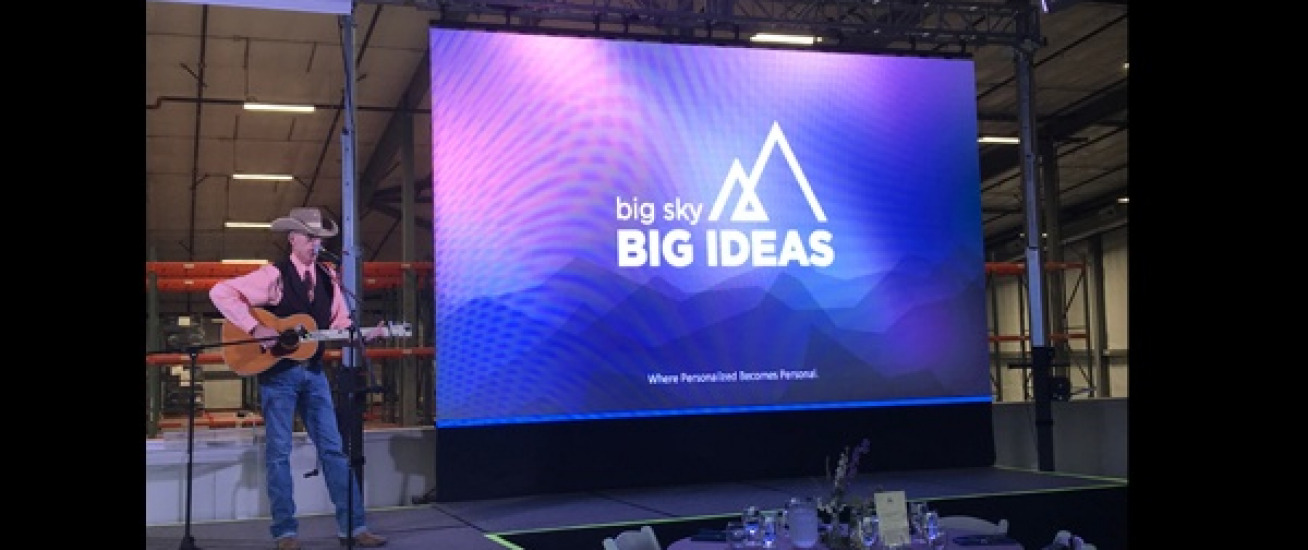A Thorough Analysis of Various Light Emitting Diode Display Wall Techniques and The Applications
A Thorough Analysis of Various Light Emitting Diode Display Wall Techniques and The Applications
Blog Article
Light Emitting Diode video screens have become increasingly common in different settings, including music events, sports events, and business meetings. These large big screens are made up of many individual Light Emitting Diode modules that work together to create a cohesive unified visual. Various multiple kinds of LED video wall technologies available, every having its unique features as well as advantages. Grasping these technologies options can assist businesses and organizations choose the right solution for their specific needs.
One frequent type of LED display screen technology is the directly viewed Light Emitting Diode. This technology utilizes separate LED units that are placed near in proximity to form a big display. Direct view LED screens are recognized for their high luminosity and vibrant hues, which makes them ideal for outdoor activities and well-lit lit environments. These displays also have a broad viewing angle, allowing indicating that people can see the display distinctly at different positions. Such renders direct view LED walls a favored option for stadiums and external festivals.
A different type of LED display screen solution is the LED-backlit LCD. Such solution merges traditional Liquid Crystal Display displays with LED backlighting for improved luminosity as well as color accuracy. LED-backlit LCDs are commonly utilized in interior environments, including shopping malls and conference spaces. They provide superior visual quality and are typically more affordable than directly viewed LED walls. Nonetheless, they may not perform as well in bright settings, since the illumination can occasionally dull the hues.
A third option is the OLED video wall. OLED technology offers exceptional differentiation as well as hue richness in relation to alternative kinds of screens. Every pixel in an Organic Light Emitting Diode screen emits its own luminescence, allowing for true blacks and lively colors. This makes OLED video walls particularly appealing for applications that require premium images, including art galleries or luxury retail stores. Nonetheless, Organic Light Emitting Diode technology can be more expensive and may not be as bright as direct view Light Emitting Diode screens, rendering it not appropriate for external applications.
Along with the aforementioned technologies, various additionally multiple applications for LED display screens. They can be used for advertising, amusement, as well as information display. For instance, companies commonly use LED display screens for digital signage to draw in clients and promote goods. In entertainment, they enhance the sight encounter at concerts and events, providing dynamic backdrops as well as engaging visuals. Within business settings, Light Emitting Diode video screens can be utilized for presentations, visual conferencing, and training programs, aiding to convey data through a visually appealing manner.
To summarize, LED display screens are available in various technologies, each having its own advantages as well as applications. Direct view Light Emitting Diode walls are great for external use, whereas LED illuminated LCDs are more appropriate for interior environments. OLED video screens offer exceptional image clarity yet may come at a higher price. Grasping these variations can assist organizations to make knowledgeable decisions about the best kind of LED display screen best meets their requirements, whether for advertising, amusement, led video wall for advertising or business applications.